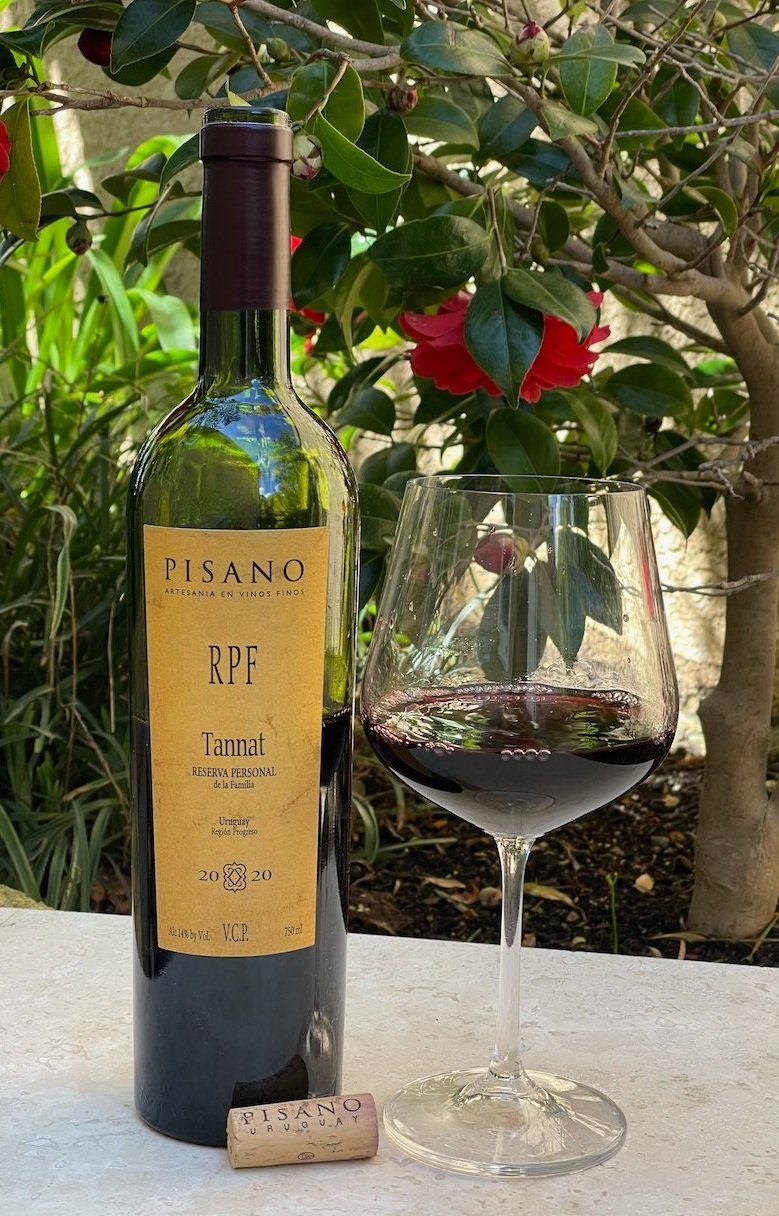The major characteristics of a wine include alcohol level, acidity and pH, residual sugar and its level of tannin.
Tannin is manifested in food and drink as bitterness and astringency. Examples include strong tea or coffee, dark chocolate and, of course, wine. And, red wine, in particular.
Let’s focus here on the characteristic of tannin in wine.
To get very briefly technical, one of the defining characteristics of tannins is that they combine with proteins and precipitate, or extract them, from solutions. When these tannin proteins are precipitated from the saliva in your mouth, it ceases to be an efficient lubricator of your mouth and tongue, creating the astringent sensation we most commonly associate with tannins.
Tannins in wine can come from five sources: grape skins, seeds, stems, oak.
Good tannin management by wine makers avoids harshness or bitterness in the final wine. Understanding these factors helps winemakers create wines with balanced tannin levels that contribute to the wine's structure, mouthfeel, and aging potential.
The amount of tannins in wine can be influenced by a number of factors. Here’s a top-level summary:
The Grape, its Seeds and the Stems
Tannin comes from the grape’s skin, its seed and the stems
Different grape varieties have differing levels of tannins
Red wine grapes contribute the highest levels of tannin
Tannat, Nebbiolo and Cabernet Sauvignon are known for having especially high levels of tannins
Winemakers must consider the inherent characteristics of the grape variety they are working with to achieve the desired balance of tannins in the finished wine
Growing Conditions in the Vineyard
Winemakers base tannin management in the vineyard on many factors including the ripeness of the grapes, the thickness of their skins and the desired wine style they want to produce
Tannins in the skins protect the grapes from the sun. Skin tannins, in part, function as a grape’s natural sunscreen. So, the more light that reaches a grape’s surface (or the more intense that light is), the more tannins the skins produce
Leafing strategy on the grape vine is a big factor for building or reducing tannins. The more shade the leaves provide to the grapes, the fewer tannins are formed
Winemakers monitor the grapes' tannin levels regularly and harvest at what they determine is the optimal time for their desired wine
Winemaking Practices in the Winery
Maceration time, or the amount of time red wine spends in contact with its skins during winemaking, has an important influence on the extraction of tannin
Tannins, especially seed tannins, require alcohol for extraction, and the rate of tannin extraction increases as alcohol concentration rises in the wine during fermentation
Warmer fermentation temperatures (80° F and higher) can increase tannin extraction
“Punch-down” is a very gentle extraction technique where the winemaker carefully pushes the grape skins that rise to the top during fermentation back down into the liquid or the ‘must’
“Pump-overs” offer a slightly more effective method for tannin extraction. Here, the liquid at the bottom of the fermenting tank is drawn off and pumped back over the grape skins that float in the liquid
Aging wine is oak barrels imparts tannin
The type of oak used to make the barrels is also a factor. Choices include French oak, American oak and Hungarian oak
French oak is known for its ‘elegant’ tannins that result in wines with smoother mouthfeel
American oak is known for pronounced tannin and slightly ‘coarser’ texture
Hungarian oak tends to be somewhere in between French and American oak by imparting moderate tannin levels
New oak barrels (ones that have never been used) impart the greatest amount of tannin to a wine
New oak is used often only with a wine that has sufficient weight and power that won’t be overwhelmed by the oak’s own tannins
As a wine ages, tannins can precipitate out of the wine. However, it's essential to note that not all wines benefit from extended aging, and the effects of aging on tannins can vary depending on factors such as grape variety, winemaking techniques, and storage conditions






